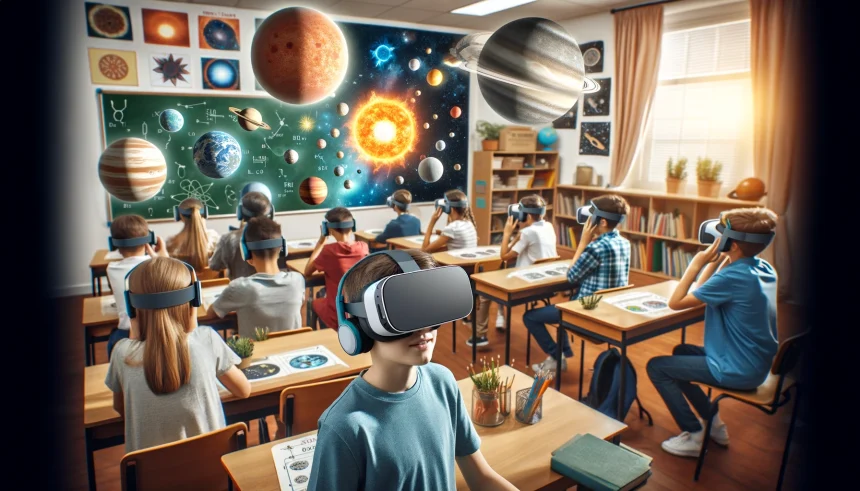Apple has been making significant strides in the mixed reality space with its Vision Pro headset. As the company explores ways to make this advanced technology more accessible, it is reportedly reaching out to new suppliers for crucial components. This move aims to diversify its supply chain and potentially reduce costs, enabling the introduction of a more affordable Vision Pro model in the future. For more insights into Apple’s strategic plans, visit the The Elec.
New Supplier Partnerships
Apple is actively seeking partners to manage the supply chain for OLED-on-Silicon (OLEDoS) panels, which are integral to the Vision Pro headset. Currently, Sony is the exclusive supplier of these high-resolution microdisplays, but their production capacity is capped at 900,000 units annually. As Sony has no plans to scale up, Apple is exploring alternatives with Samsung Display and LG Display, both of which already contribute to iPhone display production.
Display Specifications
The discussions with Samsung Display and LG Display include the potential production of larger OLED panels for the Vision Pro. These panels would range between 2.0 and 2.1 inches and feature a display quality of approximately 1,700 pixels per inch (PPI). Although these would be larger than the current Vision Pro’s 1.42-inch OLEDoS panels, they would offer a lower resolution in comparison to Sony’s 3,400 PPI panels.
Affordable Vision Pro Variant
Apple’s outreach to additional suppliers aligns with its broader strategy to launch a more affordable Vision Pro variant. Reports suggest this lower-cost model may not function as a standalone device, requiring an iPhone or Mac for operation. This variant is expected to debut by the end of 2025, with an estimated price of around $1,500. Such a move could make advanced mixed reality technology more accessible to a wider audience.
Earlier reports had mentioned Apple was halting the development of Vision Pro 2 in favor of a more budget-friendly version. This suggests a shift in focus from high-end, standalone devices to more integrated, cost-effective solutions. Such a strategy would not only broaden the user base but also potentially drive higher engagement and ecosystem lock-in.
In parallel, Apple may integrate its proprietary Apple Intelligence into the Vision Pro headsets, leveraging the sufficient memory and processing power available in these devices. However, these features will not be available this year, echoing a similar delay in the European Union. This indicates that while Apple is keen on advancing its mixed reality capabilities, rolling out comprehensive features will be phased over time.
The potential shift to additional suppliers like Samsung Display and LG Display could mark a significant turning point in Apple’s mixed reality strategy. By diversifying its supply chain, Apple not only mitigates risks associated with dependency on a single supplier but also positions itself to negotiate better terms and lower costs. This, in turn, may translate to more competitive pricing for consumers.
Apple’s move to seek new partners for OLEDoS panels signals a strategic pivot to make its mixed reality offerings more accessible. The introduction of a more affordable Vision Pro variant could democratize advanced technology, reaching a broader audience. While current developments indicate a complex supply chain and phased feature rollouts, Apple’s efforts to diversify and innovate remain evident.










